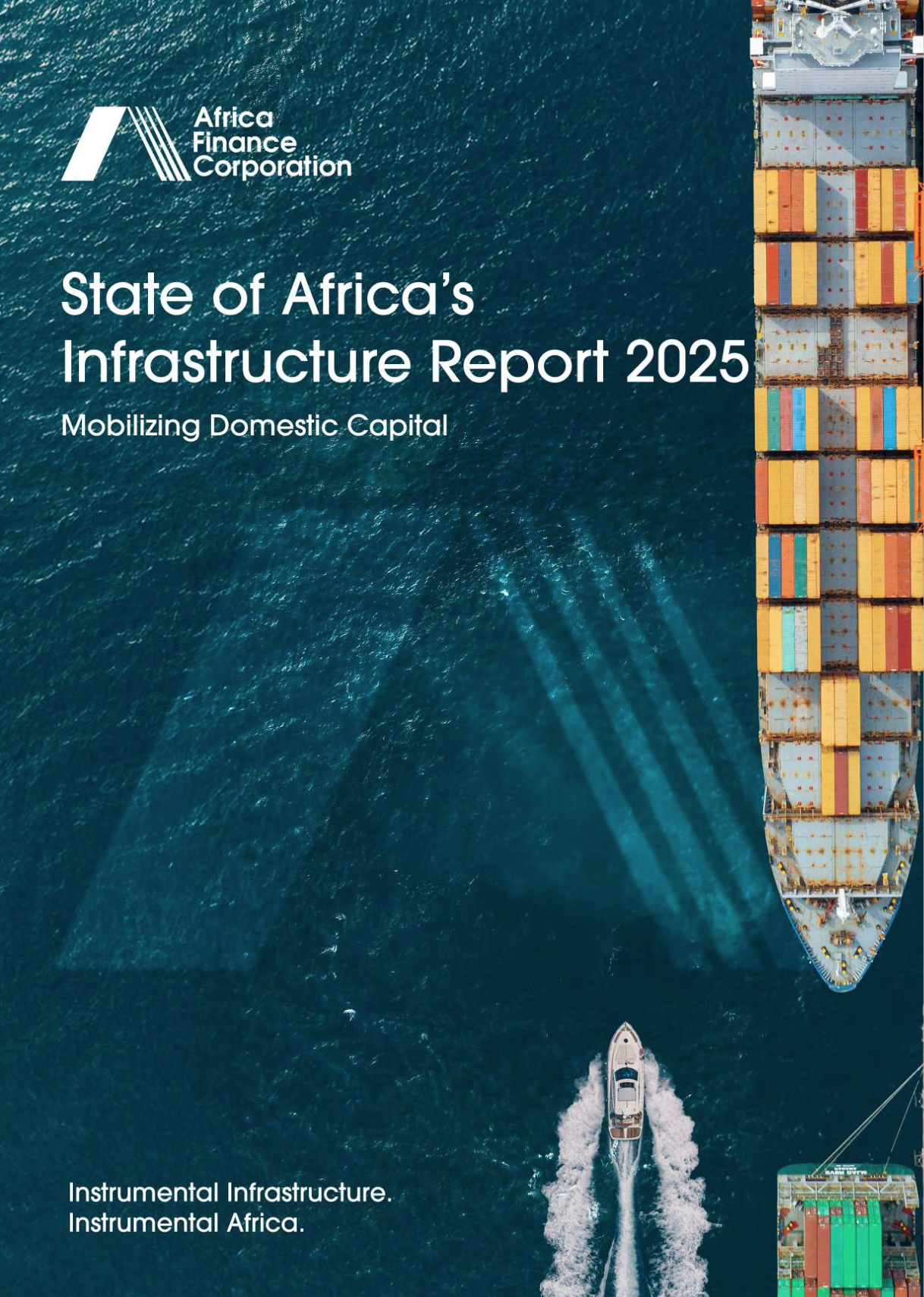For decades, Africa’s development story has been dominated by a single narrative: “lack of capital.” From World Bank reports to donor roundtables, the message was always the same: external financing is our only path forward.
But a new report from the Africa Finance Corporation (AFC) flips this narrative on its head:
Africa isn’t poor; it’s underleveraged.

According to the 2025 State of Africa’s Infrastructure Report, the continent holds over $4 trillion in domestic capital, from pension funds and insurance companies to sovereign wealth reserves and remittances. Yet, most of it sits idle, locked away in low-yield instruments or outside the reach of formal finance.
The Capital is Here. So why aren’t we using it?
The AFC report reveals a continent brimming with financial potential:
- $455B in pension funds
- $320B in insurance assets
- $250B in public development bank reserves
- $150B in sovereign wealth funds
- $95B+ in annual diaspora remittances
Yet despite this, Africa continues to depend heavily on foreign aid and volatile capital markets. Why? Because less than 10% of this capital is actively fueling infrastructure, manufacturing, or innovation.
Lessons from Asia: Build from Within
Asia’s rise didn’t come from handouts. It came from channeling domestic savings into national growth through disciplined financial institutions, deep capital markets, and trusted investment channels.
Africa’s turn is now. The AFC calls for a similar shift: a bold strategy to mobilize domestic capital and turn it into long-term infrastructure and industrial investment.
Infrastructure is the Battleground
The report makes one thing clear: infrastructure is Africa’s launchpad, and right now, it’s the continent’s greatest liability and opportunity. Power, transport, and digital networks: these systems aren’t just conveniences; they’re the backbone of competitiveness.
- Railways like the Lobito Corridor are linking mineral wealth to global markets
- Port expansions in Ghana and Egypt are positioning Africa as a logistics hub
- New digital backbones are laying the groundwork for a connected continent
But scaling these opportunities means unlocking domestic investment first.
From Risk to Results: What Needs to Change
So, what’s standing in the way?
- Conservative investing: Pension funds prefer short-term treasury bills over long-term infrastructure.
- Shallow capital markets: Many African exchanges lack the liquidity to attract large-scale investment.
- Institutional mistrust: Informal economies dominate, with little incentive to save or invest formally.
- Limited bank intermediation: Africa’s banks are highly liquid but don’t lend where it matters.
The AFC recommends:
- Regulatory reform to allow infrastructure as a legitimate asset class
- Stronger financial institutions with development mandates
- Digital public infrastructure (DPI) to bring the informal sector into the fold
- Instruments like diaspora bonds and infrastructure guarantees build trust and attract stable capital
Bright Spots and Bold Examples
From Kenya’s Mbao Pension Plan for informal workers to Nigeria’s InfraCredit guarantee model, Africa is already experimenting with solutions. Namibia’s domestic investment mandates and regional capital market linkages through the ASEA/AELP platform are lighting the path forward.
Now, the challenge is scale. Strategy. And unity.
Africa’s future won’t be financed by charity; it will be built on vision, trust, and smart use of our own wealth. The AFC’s message is clear: “We are not broke. We are misaligned.”
It’s time to realign.
You can download the full report and explore how domestic capital can transform Africa from within: